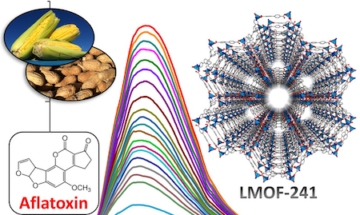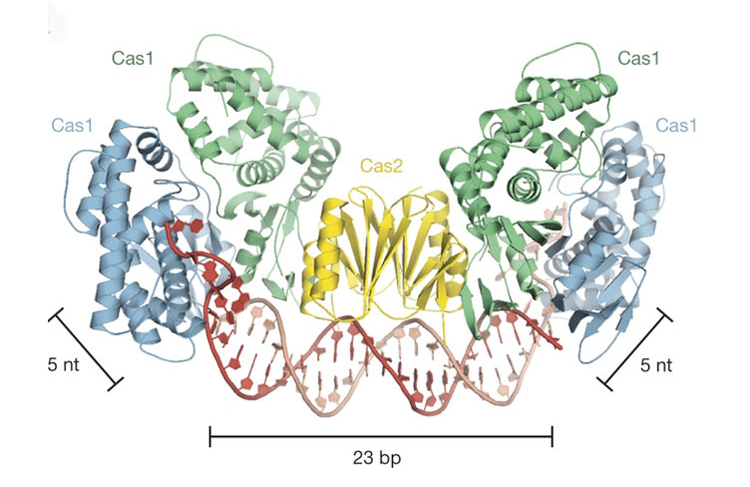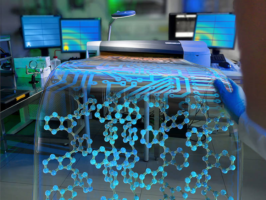Scientists have found a way to improve the stability of an essential antigenic protein to develop vaccines with higher efficacy for prevention of bacterial meningitis. Read more »
Science Briefs
New Hope for Retinitis Pigmentosa Patients
Using FTIR microspectroscopy at the NSLS in Brookhaven and at ALS Beamline 1.4.3, scientists got a first glimpse into the structural changes that result from point mutations in opsin, one of the causes of retinitis pigmentosa. Read more »![]()
Luminescent MOFs for Mycotoxin Detection
Crystal diffractometry at ALS Beamline 11.3.1 helped scientists develop and understand a new, highly sensitive luminescent metal–organic framework for mycotoxin detection. Read more »
Conduction Along Magnetic Interfaces could Improve Memory Devices
Scientists have provided the first direct evidence of a controversial phenomenon: the boundaries between magnetic regions in an electrical insulator can become electrically conductive. This discovery can potentially lead to improvements in future memory storage devices. Read more »
Foreign DNA Capture during CRISPR–Cas Adaptive Immunity
Using macromolecular crystallography at Beamline 8.3.1 at the ALS, Berkeley researchers discovered how CRISPR/Cas captures foreign DNA for the bacterial immune system. Read more »
On the Road to ANG Vehicles with Increased Driving Ranges
An international team of researchers, using gas adsorption studies, in situ powder x-ray diffraction, and single-crystal x-ray diffraction, showed that there is a way to develop a new flexible metal–organic framework (MOF) material for enhanced natural gas storage on vehicles. Read more »
Discovery of Weyl Semimetals May Lead to Novel Future Spintronic Applications
A team of researchers using angle-resolved photoemission spectroscopy (ARPES) at ALS Beamline 10.0.1 found intriguing particles in a new phase of quantum matter: topological Weyl semimetals.
Read more »
Custom Organic Electronics Out of the Printer
Using in situ x-ray characterization and a custom-made slot-die coater at Beamline 7.3.3, the cross-linking of polymer molecules in the active layer of an organic solar cell during the printing process could be observed.
Read more »
What Goes Up, Must Come Down (and Sometimes Gets Stuck)
High-pressure experiments at Beamline 12.2.2 on ferropericlase—the presumed weakest mineral found in the Earth’s lower mantle—help explain why subducted slabs of Earth’s crust stall at a depth of around 1000 km (~625 miles). Read more »![]()
A Milky Mystery: The Case of the Casein Micelles
We all know that milk contains important nutrients such as calcium and protein that help build bones and muscle. But how much do we really know about these ingredients at the molecular level? To learn more, scientists from New Zealand and Australia came to the ALS to x-ray some milk.
Read more »








